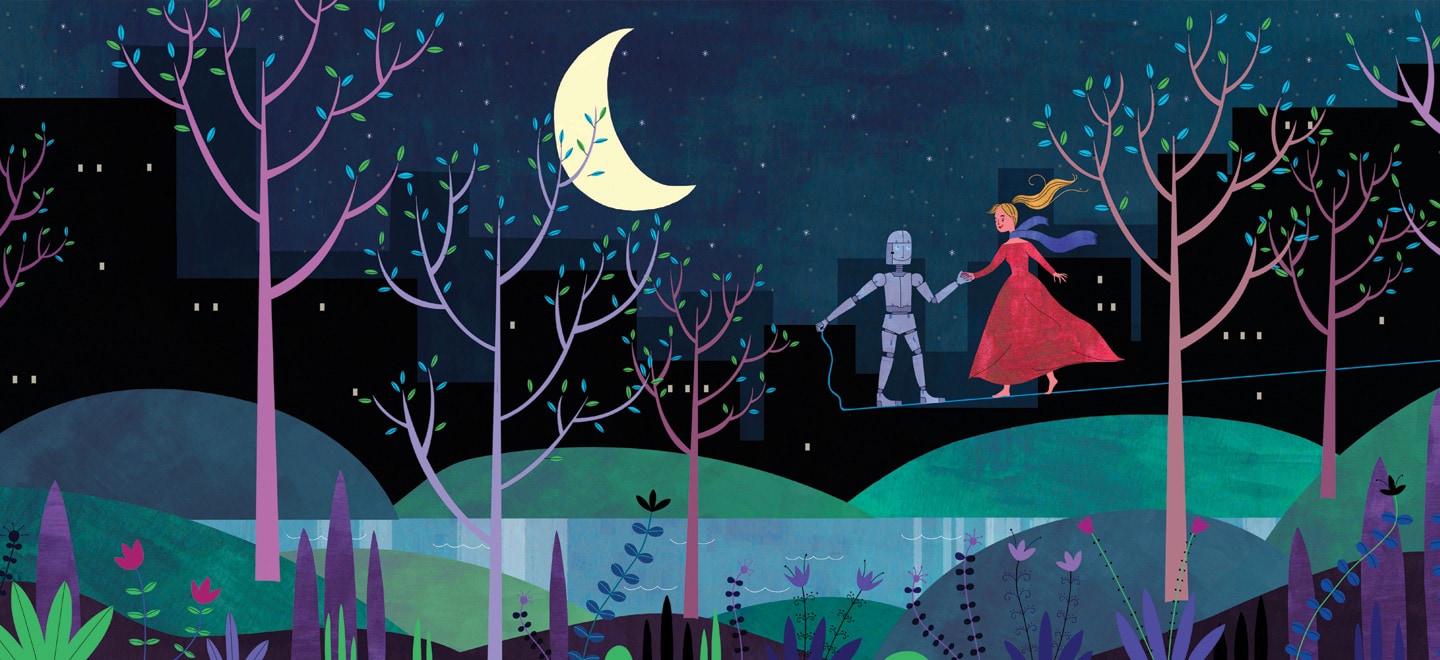Shadows and Foreshadows
(A Poem Set in 2250)

(A Poem Set in 2250)
A teacher asked a small school boy
To come to school
With a sample of clay.
This school was somewhere in America.
Next morning the boy said to the teacher...
I will show it next Monday?
Why?
I have placed an order on Flipkart
For ten capsules of clay
From India.
I need some water.
The teacher gave him
a small capsule of water.
There was a long bell.
Kids started heading for the hostel.
Then teachers too.
Nobody went to any home.
No one had come
To take anyone.
The whole young generation
Was parentless.
Brought up in govt nurseries.
No one married.
Had kids from sperm donation.
And I saw a weird sadness
Reigning all around.
What was missing?
I looked up.
Skyscrapers had dwindled
The sky
And the earth below was plastered with plastic.
I went to a wonderful patch
Of glowing flowers.
When I tried to touch them,
A message appeared
Don't touch.
They are only an illusion.
Even the water flowing from water falls
Was an illusion.
Shocked I touched an attendant
Standing nearby
To confirm..
he too was not Maya.
What was I? Was I still alive?
How come I dragged
Into two centuries ahead?
You too are a shadow sir
The attendant said.
What were those kids?
All shadows.
I too am a shadow.
And he vanished leaving me dumbfounded
and waiting to disappear. 
Maya ("illusion" or "magic") implied extraordinary power and wisdom in old Vedic literature and evolved into a situation which appeared to exit but was not what it seems. The "Rig Veda" described a divine Maya as the foundation of truth and an undivine Maya, the foundation of falsehood. The "Yajurveda" alluded to maya as an unfathomable plan. The "Upanishads" described the universe and human experience as an interplay of Purusha (the eternal, unchanging principles, consciousness) manifested as Atman (soul, welf) and Prakṛti (the temporary, changing material world, nature), manifested as Maya; the knowledge of Atman is "true knowledge" (Vidya), and the knowledge of Maya as "not true knowledge" (Avidya, lack of awareness). The Tibetan Buddhist sutra "Mayajala" (Net of Illusion) delineated 5 metaphors for maya: an echo, a reflection in a mirror, a mirage, sense pleasures in a dream and a madman wandering naked; the "Mahāvastu" added further metaphors: a lightning flash, a bubble, the white foam on a wave. In Jainism maya denotes the appearances or deceit that prevents one from attaining Samyaktva (right belief). In Sikhism conscious souls and nonconscious objects exist within God, the only reality; maya enables the 5 vices (lust, anger, greed, attachment, and ego).
ReplyDelete